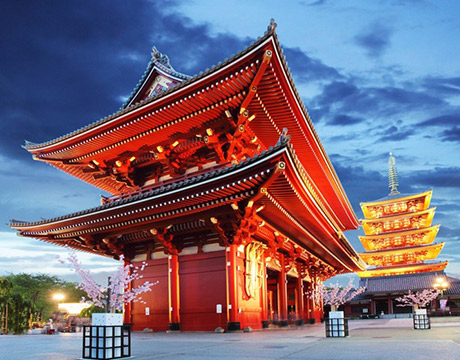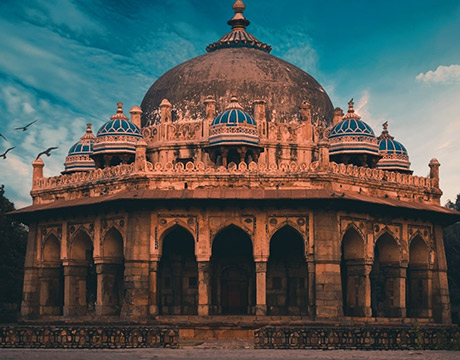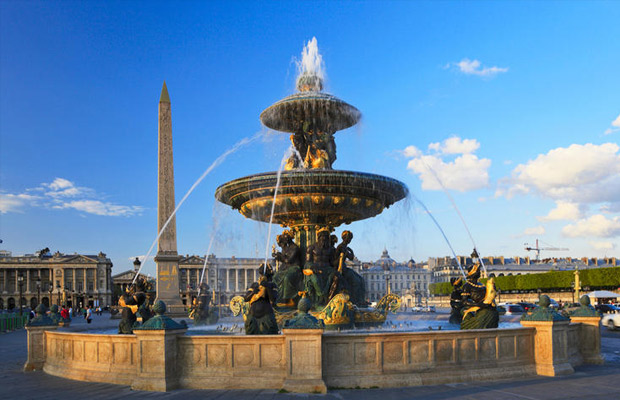Montmartre
Montmartre
France
Paris
Paris Travel Guide
Book Tour & Activities
Your tour in Paris.
Book your stay
Your hotel in Paris.
Overview
Montmartre is a large hill in Paris's 18th arrondissement. It is 130 m high and gives its name to the surrounding district, part of the Right Bank in the northern section of the city.
The historic district established by the City of Paris in 1995 is bordered by rue Caulaincourt and rue Custine on the north, rue de Clignancourt on the east, and boulevard de Clichy and boulevard de Rochechouart to the south, containing 60 ha. Montmartre is primarily known for its artistic history, the white-domed Basilica of the Sacré-Cœur on its summit, and as a nightclub district. The other church on the hill, Saint Pierre de Montmartre, built in 1147, was the church of the prestigious Montmartre Abbey. On August 15, 1534, Saint Ignatius of Loyola, Saint Francis Xavier and five other companions bound themselves by vows in the Martyrium of Saint Denis, 11 rue Yvonne Le Tac, the first step in the creation of the Jesuits.
History
Archaeological excavations show that the heights of Montmartre were occupied from at least Gallo-Roman times. Texts from the 8th century cite the name of mons Mercori (Mount Mercury), and a 9th-century text speaks of Mount Mars. Excavations in 1975 north of the Church of Saint-Pierre found coins from the 3rd century and the remains of a major wall. Earlier excavations in the 17th century at the Fontaine-du-But (2 rue Pierre-Dac) found vestiges of Roman baths from the 2nd century.
The butte owes its particular religious importance to the text entitled Miracles of Saint-Denis, written before 885 by Hilduin, abbot of the monastery of Saint-Denis, which recounted how Saint Denis, a Christian bishop, was decapitated on the hilltop in 250 AD on orders of the Roman prefect Fescennius Sisinius for preaching the Christian faith to the Gallo-Roman inhabitants of Lutetia. According to Hilduin, Denis collected his head and carried it as far as the fontaine Saint-Denis (on modern impasse Girardon), then descended the north slope of the hill, where he died. Hilduin wrote that a church had been built "in the place formerly called Mont de Mars, and then, by a happy change, 'Mont des Martyrs'."
In 1134, king Louis VI purchased the Merovingian chapel and built on the site the church of Saint-Pierre de Montmartre, still standing. He also founded The Royal Abbey of Montmartre, a monastery of the Benedictine order, whose buildings, gardens and fields occupied most of Montmartre. He also built a small chapel, called the Martyrium, at the site where it was believed that Saint Denis had been decapitated. It became a popular pilgrimage site. In the 17th century, a priory called abbaye d'en bas was built at that site, and in 1686 it was occupied by a community of nuns.
The abbey was destroyed in 1790 during the French Revolution, and the convent demolished to make place for gypsum mines. The church of Saint-Pierre was saved. At the place where the chapel of the Martyrs was located (now 11 rue Yvonne-Le Tac), an oratory was built in 1855. It was renovated in 1994.
By the 15th century, the north and northeast slopes of the hill were the site of a village surrounded by vineyards, gardens and orchards of peach and cherry trees. The first mills were built on the western slope in 1529, grinding wheat, barley and rye. There were thirteen mills at one time, though by the late nineteenth century only two remained,
During the 1590 Siege of Paris, in the last decade of the French Wars of Religion, Henry IV placed his artillery on top of the butte of Montmartre to fire down into the city. The siege eventually failed when a large relief force approached and forced Henry to withdraw.
In 1790, Montmartre was located just outside the limits of Paris. That year, under the revolutionary government of the National Constituent Assembly, it became the commune of Montmartre, with its town hall located on place du Tertre, site of the former abbey. The main businesses of the commune were wine making, stone quarries and gypsum mines. (See Mines of Paris). The mining of gypsum had begun in the Gallo-Roman period, first in open air mines and then underground, and continued until 1860. The gypsum was cut into blocks, baked, then ground and put into sacks. Sold as 'montmartarite, it was used for plaster, because of its resistance to fire and water. Between the 7th and 9th centuries, most of the sarcophagi found in ancient sites were made of molded gypsum. In modern times, the mining was done with explosives, which riddled the ground under the butte with tunnels, making the ground very unstable and difficult to build upon. The construction of the Basilica of Sacré-Cœur required making a special foundation that descended 40 metres under the ground to hold the structure in place. A fossil tooth found in one of these mines was identified by Georges Cuvier as an extinct equine, which he dubbed Palaeotherium, the "ancient animal". His sketch of the entire animal in 1825 was matched by a skeleton discovered later.
Video Travel Inspiration
See Montmartre on Map
Most Popular Cities

Siem Reap
Cambodia
Ho Chi Minh City
Vietnam
Beijing
China
Paris
France
London
United Kingdom
New York
USA
Tokyo
Japan
Bangkok
Thailand
Seoul
South Korea
Vientiane
Laos
Yangon
Myanmar
Washington DC
USA
Los Angeles
USA
Ottawa
Canada
New Delhi
India
Singapore
Singapore
Kuala Lumpur
Malaysia
 English
English French
French Khmer
Khmer Thai
Thai Vietnamese
Vietnamese Chinese
Chinese Korean
Korean German
German Japanese
Japanese Italian
Italian Russian
Russian Spanish
Spanish Dutch
Dutch Indonesian
Indonesian Malay
Malay















